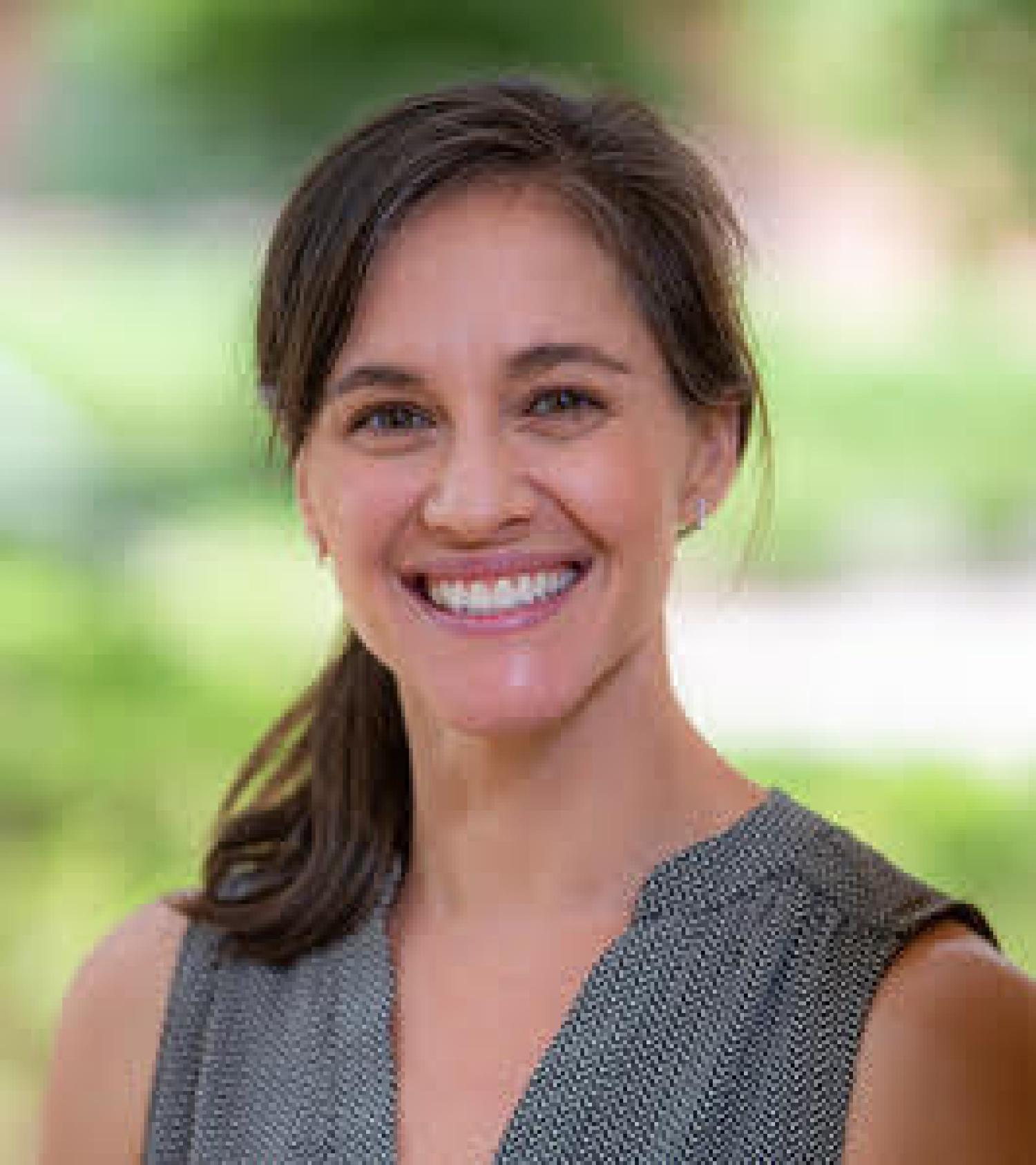Adrianne Kroepsch
- Assistant Professor, Environmental Governance Dept. of Humanities, Arts & Social Sciences and Hydrologic Science & Engineering Program, Colorado School of Mines

Adrianne Kroepsch is an assistant professor in the Humanities, Arts, and Social Sciences Division and faculty in the interdisciplinary Hydrologic Science & Engineering Program at the Colorado School of Mines. Her research examines the ways that data, discourse, and deliberation shape environmental governance processes and outcomes, particularly in the American West. In her water resources work with Mines students, she emphasizes interdisciplinary approaches that combine critical social science questions with a combination of hydrosocial and hydrologic research methods. Adrianne has a PhD in Environmental Studies and an MA in Geography, both from the University of Colorado-Boulder. Her undergraduate degree is in Science & Technology Studies from Cornell University. Prior to joining the faculty at CSM, Adrianne worked as a graduate researcher and instructor at the Center of the American West at the University of Colorado-Boulder and as a journalist covering science and technology policy in Washington, DC.
Abstract
The Puzzle of Cloud Seeding in the American West: Understanding How Weather Modification Became a Response to Aridity
The practice of cloud seeding has been conducted across much of the American West for decades. Moreover, several Western states are currently boosting their cloud seeding efforts as a response to regional water supply shortages and hydroclimatic change. One would expect cloud seeding to be closely scrutinized and extremely contested in the West. Water supply strategies rarely proceed here without political struggle. In addition, cloud seeding is accompanied by an array of questions about scientific uncertainty, environmental ethics, and water ownership. (The practice aims to wring extra snow from winter storms by adding silver iodide particles to clouds.) Yet, surprisingly, Western cloud seeding has received little attention in recent years. The dearth in public and scientific debate about contemporary cloud seeding is particularly noticeable in comparison to the debates that raged over weather modification in the 1940s-1970s, as well as the debates that are currently underway over geoengineering as a climate change solution. My research explores this puzzle, asking how wintertime cloud seeding has emerged and persisted as a water supply solution in the American West, and why it isn’t more hotly contested. These questions matter because they help us understand how geoengineering interventions such as cloud seeding end up on the menu of solutions to complex environmental problems, even when their efficacy and impacts are unclear.

